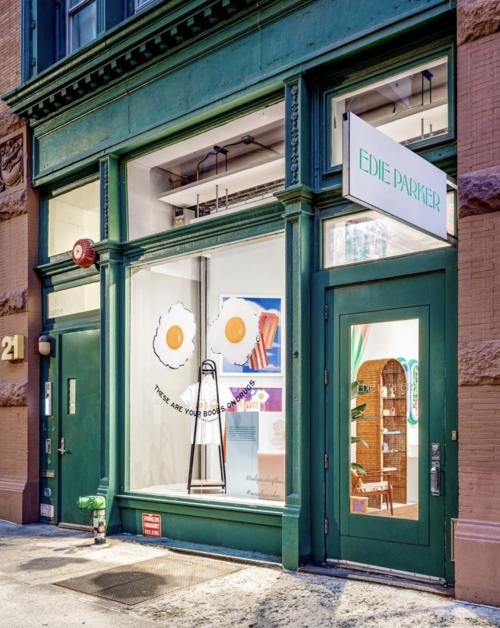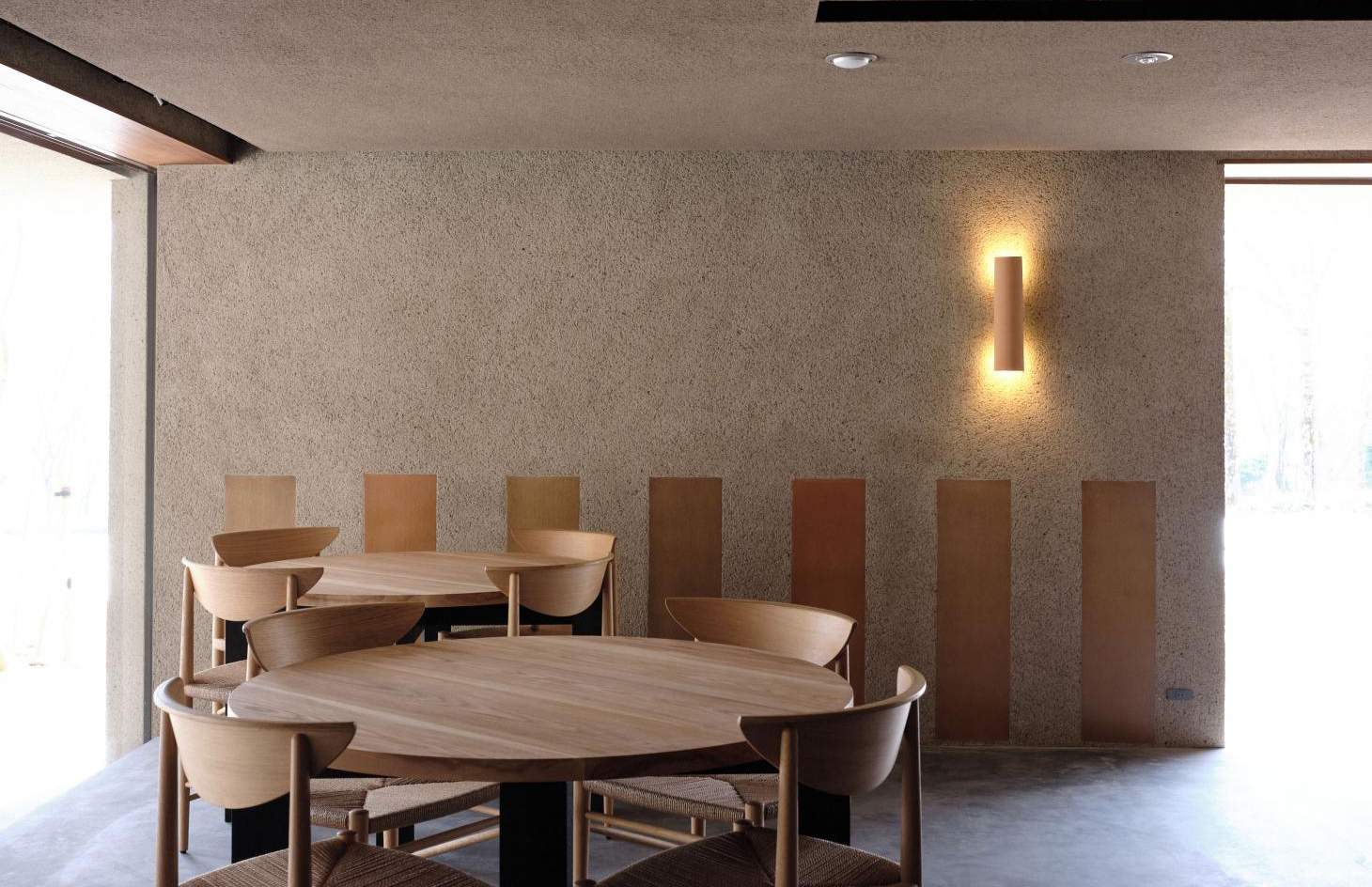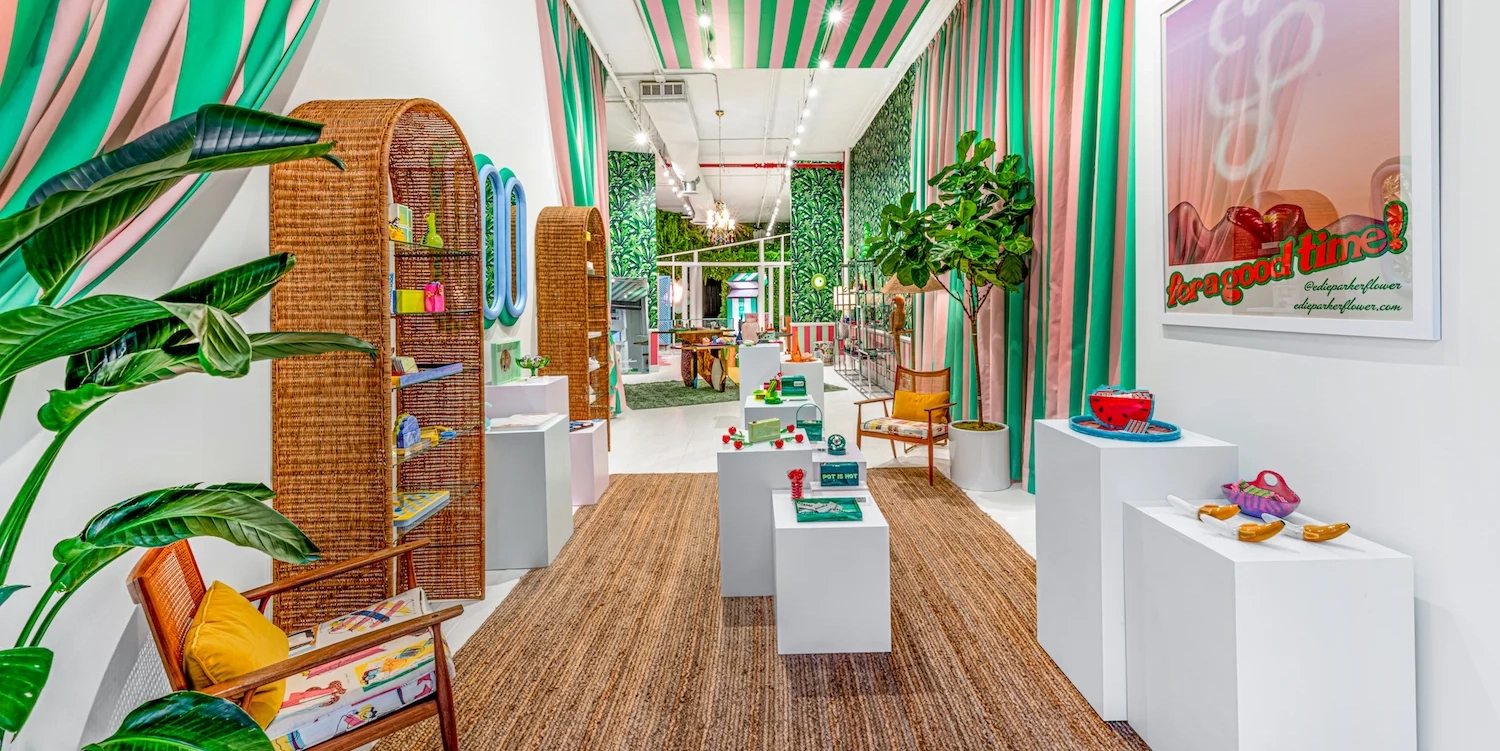There is a clear pattern as to how shops and businesses become specialised: they find a niche rather than offer a wide range of products. Retailers are now changing the formats of their flagships and big-box stores, opting for smaller shops which offer services that are tailored to the needs of local buyers.

Buyers throughout the world are experiencing a greater desire to buy from their neighbourhood shops and buy local products, a practice that first came about as a direct result of the plethora of store closures brought about by the outbreak of the Covid-19 pandemic, but a movement that has brought about a long-term behavioural shift among consumers. Accenture reports that 79% of global consumers plan to continue buying at nearby shops.
The burning desire caused by the pandemic now means that people prioritise local products, reassigning importance to community collectives.


Consumers’ expenditure is no longer centred around city centres and shopping centres, it is shifting towards local neighbourhoods, providing small shops the golden opportunity to understand, analyse and adapt their new store formats to specific communities. In the case of brands, demonstrating that they understand the lifestyles of customers in the neighbourhoods and areas that they want to reach is vital, and it will be fundamental for them to adjust the price of their products and adapt their product ranges in accordance with local income and seasonal needs, meeting the needs of these clients quickly and as best they can.
Shops connect to local culture through endemic materials which turn the store into the standard bearer of the region’s products.
The space and product range collude to provide customers with a unique alternative.
Homely touches added warmth to spaces and help create a living room ambience in the centre of the store which acts as an interlude where shoppers can take a moment to relax.
Brands must be able to prove that they have given thought to the lifestyle and day-to-day routine of clients in the neighbourhood or region that they want to reach, adapting their offer accordingly.